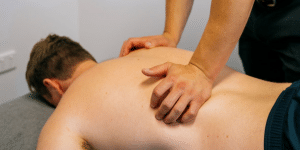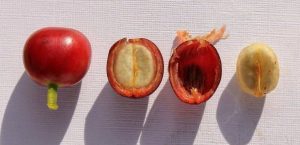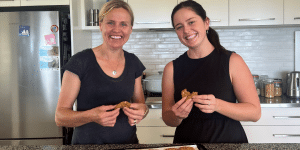Did things turn egg shaped and you indulged a little too much over Easter?
With the lure of chocolate in your pantry after Easter and during the holidays, its handy to have a plan. Here is some history on how we came to have the chocolate egg and some advice on dealing with the excess Easter calories.
Eggs symbolise renewal and rebirth and the tradition of eggs at Easter dates back over 400 years when Pope Paul V officially adopted the Easter egg custom in 1610. The oldest tradition is to use dye and painted chicken eggs, but a modern custom is to substitute chocolate eggs.
Easter and chocolate obviously go hand in hand but there is a big difference between a few tasty mouthfuls and a full blown chocolate binge. You can keep the Easter bunny in a job without sacrificing your body shape. It all depends on the quality and quantity you consume. As a rule, the darker the chocolate the lower it is in calories and its rich flavour makes you feel satisfied with less.
As always moderation is key, so set yourself a limit. Easter is technically only 1 day, Easter Sunday. Don’t let it stretch out into a week-long banquet. Now that Easter is over it is time to stop eating and start moving!
Walking is a great way to burn off all those Easter treats. Here is an indication of how much brisk walking you’d need to do to burn off extra Easter eggs:
- 3 mini eggs (solid milk chocolate), 135 calories, 54 minutes
- 1 creme egg (39 grams), 170 calories, 1 hour 8 minutes
- Hot cross bun with butter, 280 calories, 1 hour 52 minutes
- Choc chip hot cross bun with butter, 375 calories, 2 hours and 30 minutes






